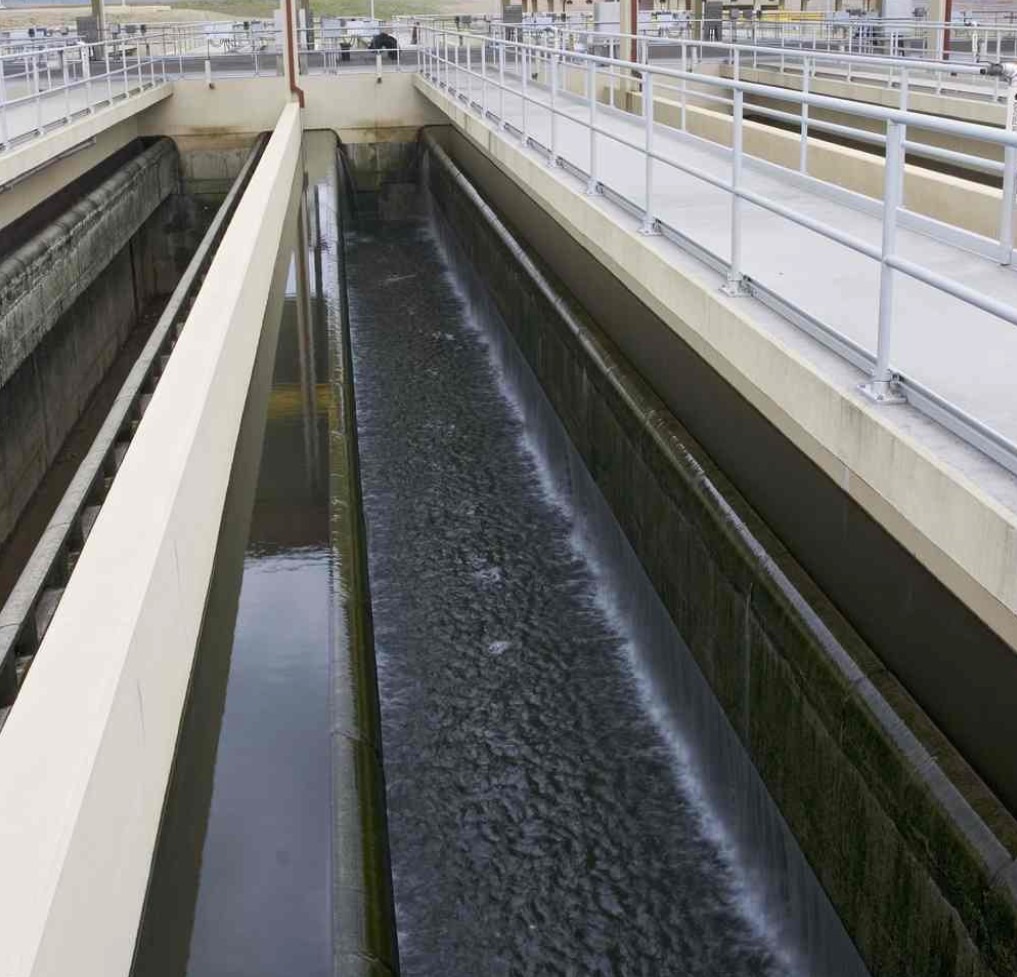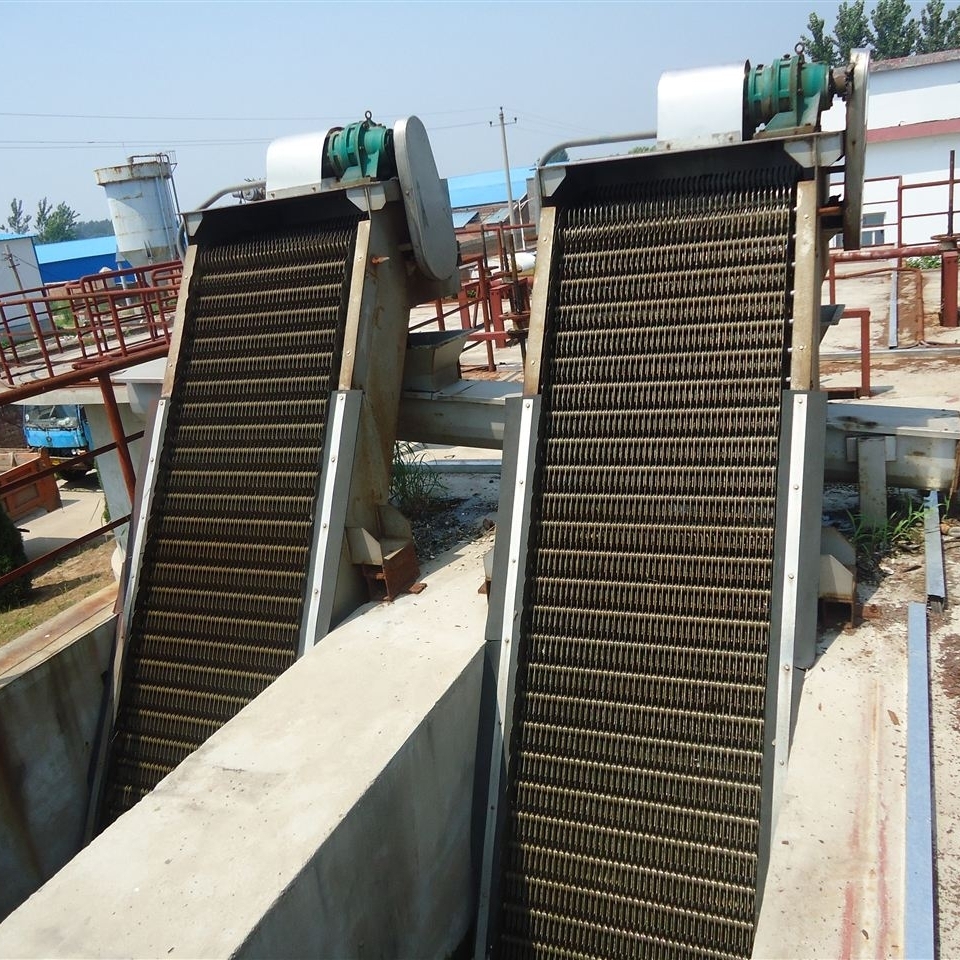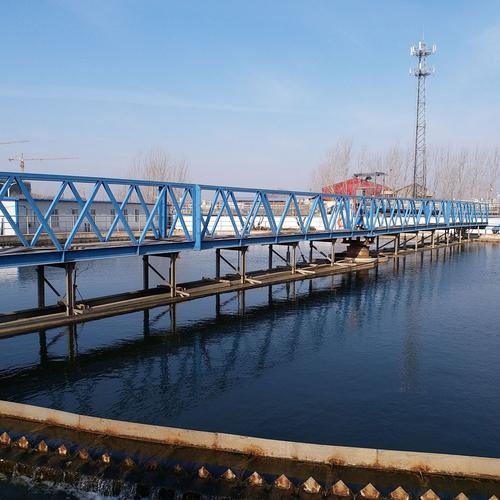Аноксический/аэробный процесс - это метод очистки сточных вод, при котором передняя аноксическая секция последовательно соединяется с задней аэробной секцией.
Как работает A/O?
Процесс A/O гидролизует органические вещества, такие как крахмал, клетчатка и углеводы в сточных водах, с помощью гетеротрофных бактерий в аноксической секции для улучшения их биоразлагаемости. В то же время загрязняющие вещества, такие как белки и жиры, аммонизируются с выделением аммиака. В аэробной секции нитрификация автотрофными бактериями окисляет аммиак в нитраты. Благодаря контролю рефлюкса эти нитраты возвращаются в аноксическую часть и под действием денитрифицирующих бактерий восстанавливаются до молекулярного азота, завершая цикл C, N и O в экосистеме и обеспечивая безвредную очистку сточных вод.
Конкретный процесс
Аноксическая секция (секция А): В аноксической секции гетеротрофные бактерии гидролизуют крупномолекулярные органические вещества (такие как крахмал, клетчатка, углеводы и т.д.) в сточных водах в мелкомолекулярные органические вещества, улучшая биоразлагаемость сточных вод. В то же время гетеротрофные бактерии аммонизируют загрязняющие вещества, такие как белок и жир, выделяя аммиак (NH3, NH4+).
Аэробная секция (O-секция): В аэробной секции автотрофные бактерии окисляют аммиак в нитраты (NO3-) путем нитрификации. Эти нитраты возвращаются в аноксическую секцию через рефлюксный контроль.
Денитрификация: В анаэробных условиях денитрифицирующие бактерии используют органические вещества в сточных водах в качестве доноров электронов для восстановления возвращенного нитрата в азотный газ (N2), завершая азотный цикл и достигая денитрификации.
Каковы преимущества A/O?
1) Денитрифицирующие бактерии в аноксическом бассейне могут быть полностью использованы, снижая органическую нагрузку в аэробном бассейне;
2) Эффективная деградация: процесс A/O имеет высокую эффективность удаления органических веществ и аммонийного азота. Общее время пребывания превышает 54 часа, значение ХПК может быть снижено до уровня ниже 100 мг/л, а общая скорость удаления азота превышает 70%.
3) Простой процесс: В этом процессе органические вещества в сточных водах используются в качестве источника углерода для денитрификации. Нет необходимости добавлять дорогостоящие источники углерода, такие как метанол, что позволяет сэкономить инвестиции и имеет низкие эксплуатационные расходы.
4) Сильная устойчивость к воздействию нагрузки: Процесс A/O адаптируется к различным условиям окружающей среды и обладает сильной устойчивостью к воздействию нагрузки.
Какого эффекта можно добиться с помощью процесса A/O?
Высокоэффективное удаление органических загрязнителей: Процесс A/O разлагает высококонцентрированные органические вещества на мелкомолекулярные органические вещества под действием анаэробных микроорганизмов в анаэробной секции, а затем окисляет их в углекислый газ и воду под действием аэробных микроорганизмов в аэробной секции. Скорость удаления химической потребности в кислороде (ХПК) обычно достигает более 85%.
Эффективная денитрификация: Процесс A/O высвобождает аммонийный азот через анаэробную стадию, выполняет нитрификацию на аэробной стадии, а затем уменьшает нитраты до газообразного азота через денитрификацию. Скорость удаления аммонийного азота обычно достигает 70%-90%, а очищенный сток может соответствовать общим нормам выбросов или требованиям к воде для сельскохозяйственного орошения.
Частичное удаление фосфора: Процесс A/O удаляет фосфор путем высвобождения фосфора на анаэробной стадии и поглощения фосфора на аэробной стадии, но его эффективность удаления фосфора не так хороша, как у специализированного процесса удаления фосфора, и эффективность удаления фосфора обычно находится в диапазоне 20%-30%.
Какие факторы могут повлиять на эффект от процесса A/O?
( 1 ) Концентрация осадка MLSS, ее значение должно превышать 3000 мг/л, чтобы обеспечить эффект денитрификации;
( 2 ) Значение DO: аноксическая зона должна контролироваться ниже 2 мг/л, а аэробная зона должна находиться в диапазоне 2-4 мг/л;
( 3 ) Коэффициент загрузки TKN/MLSS. При реакции нитрификации его значение не должно превышать 0,5 гТКН/(гМЛСС-д) для обеспечения стабильной работы процесса.
(4) Интенсивность загрузки БПК/МЛСС: Этот показатель должен контролироваться в пределах 18 кг БПК/(гМЛСС-д) для обеспечения стабильной работы процесса.
(5) Коэффициент возврата грязе-водяной смеси: Величина коэффициента возврата R оказывает непосредственное влияние на эффект денитрификации. Чем больше значение R, тем лучше эффект денитрификации, но в то же время соответственно увеличивается и потребление рабочей мощности.
(6) Значение БПК/Н для аноксичного резервуара: Для обеспечения хорошего эффекта денитрификации значение БПК/Н должно быть больше 4, иначе скорость денитрификации будет быстро снижаться.
(7) Значение pH: Оптимальный диапазон значений рН для реакции нитрификации составляет 0-4, а оптимальный диапазон значений рН для реакции денитрификации - 5-5.
(8) Температура: Реакция нитрификации лучше всего протекает при температуре 20-30°C. Реакция практически прекращается при температуре ниже 5°C. Реакция денитрификации лучше всего протекает при температуре 20-40°C. Скорость реакции быстро падает при температуре ниже 15°C.





生化膜反应器12-scaled.jpg)
